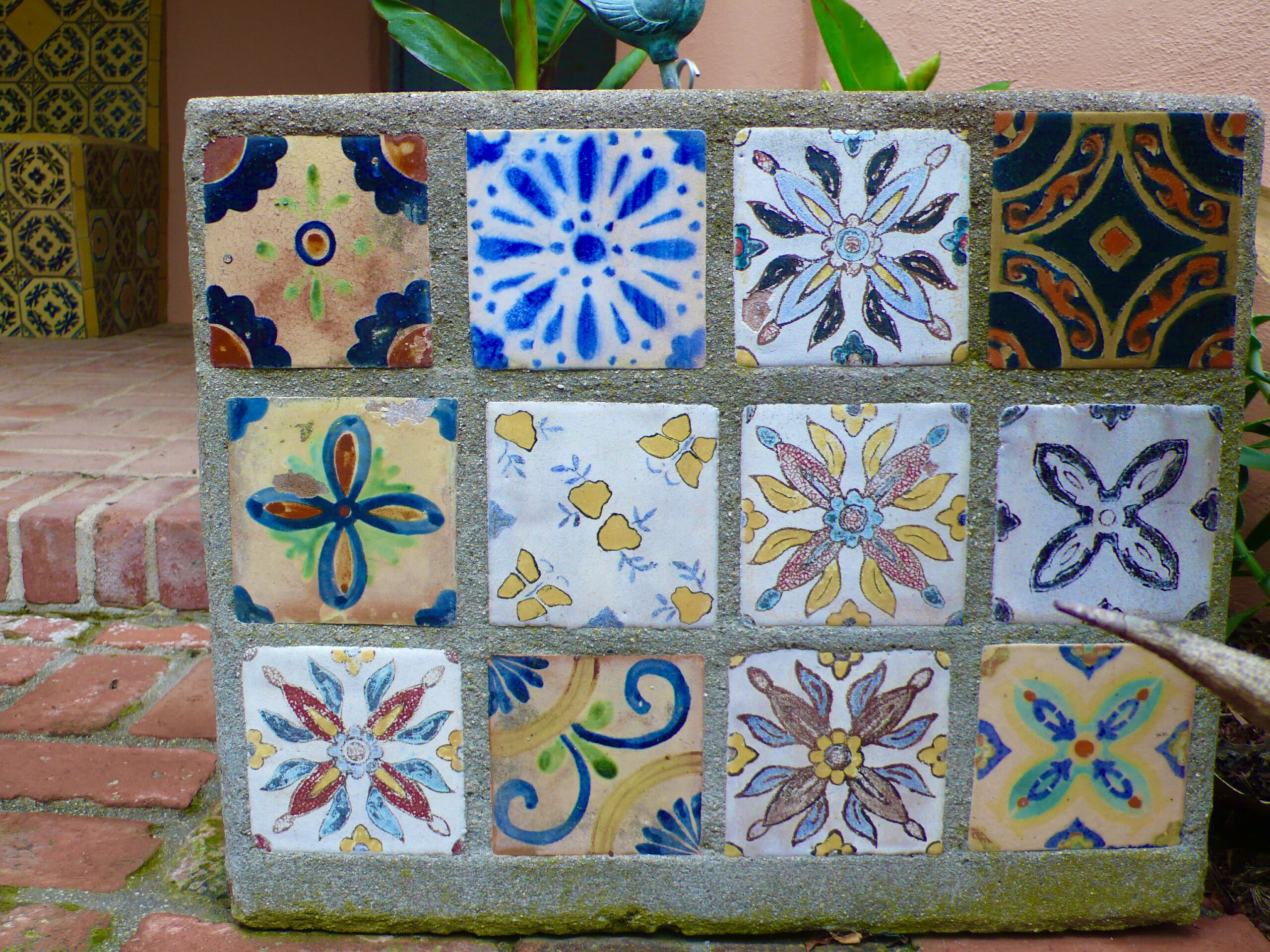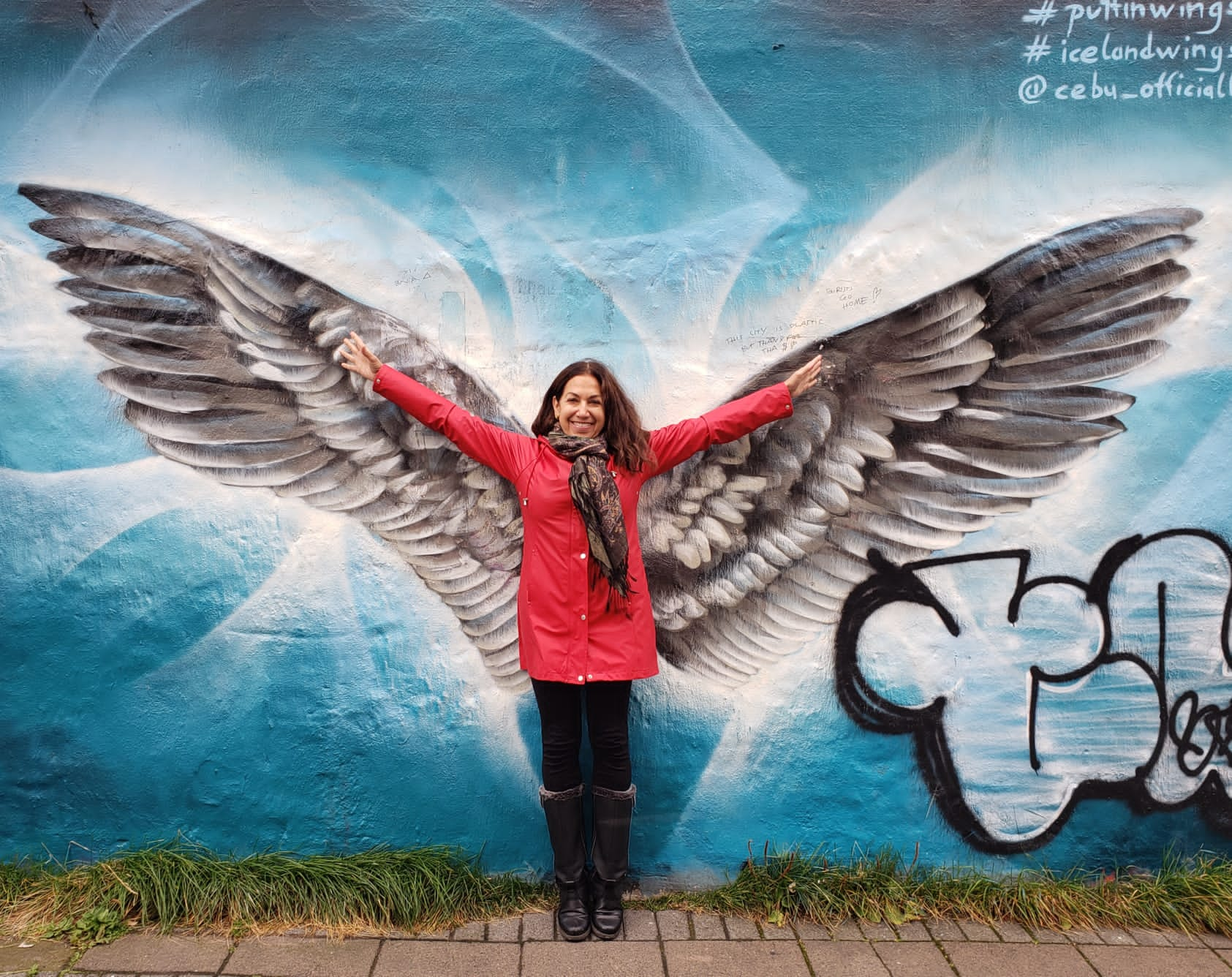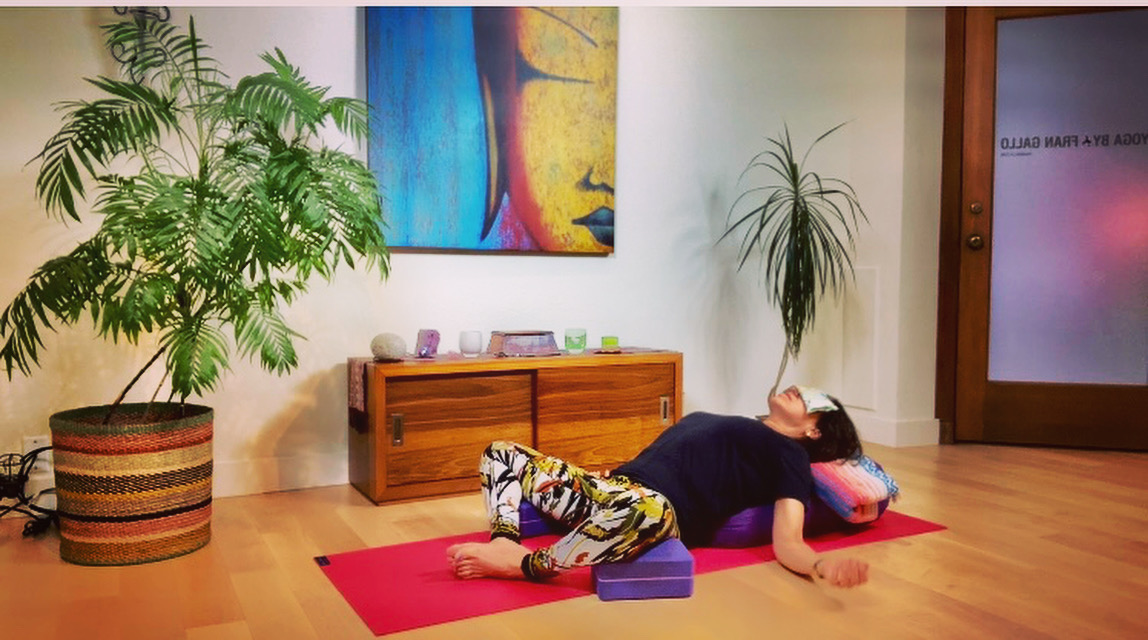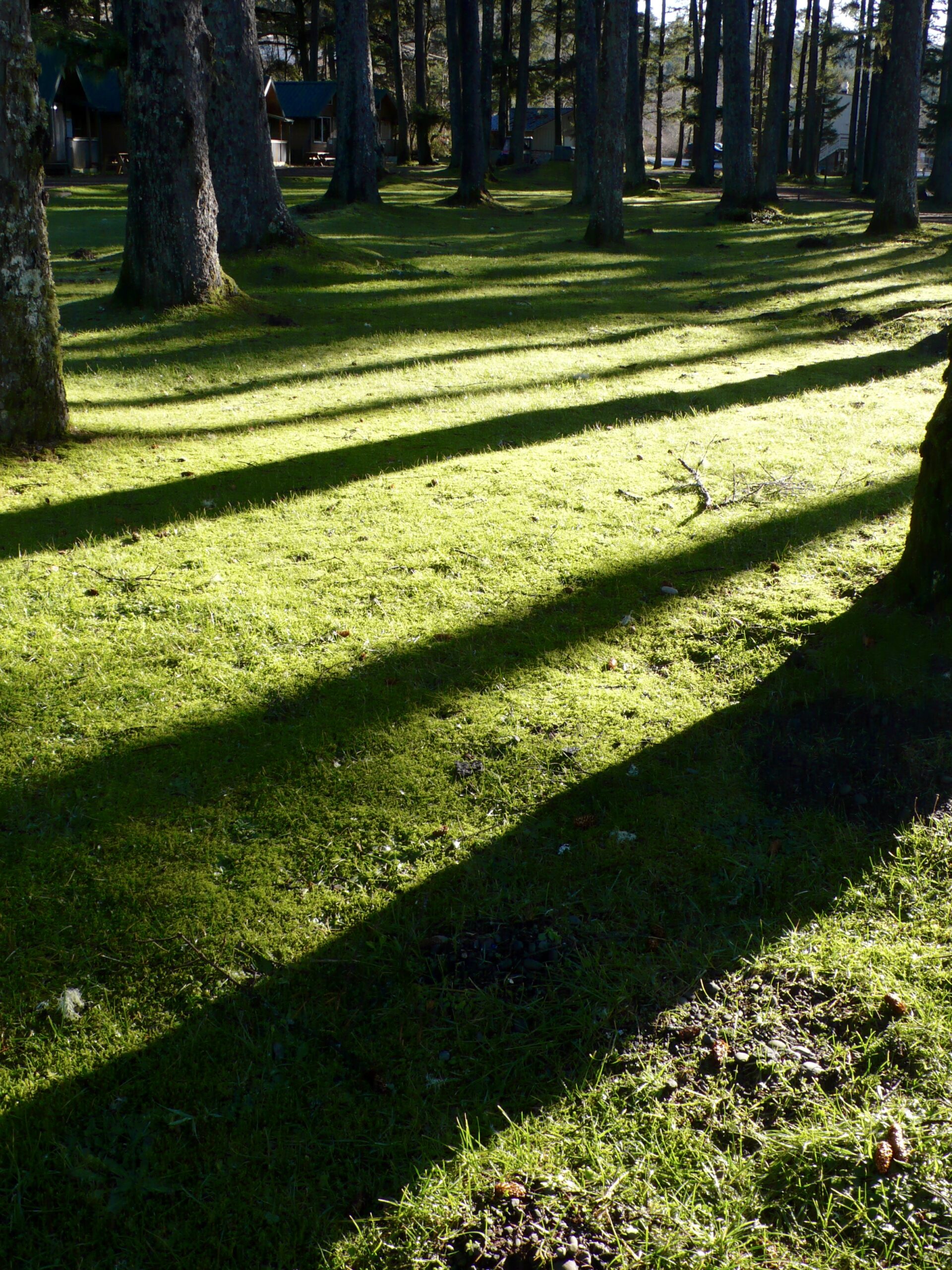Since we no longer have Arvind with us, we were met at Fatepur Sikri Palace/Fort (just outside of Agra) by our guide for the next three days, Mr. Satyendranpal Singh Chandel (Mr. Singh, for short).
Just outside of the palace and fort enclosure, we came upon a snake charmer:
This beautiful palace, Fatepur Sikri, was established by Akbar. It is often referred to as The Ghost City because Akbar and his many wives only lived there for 14 years before abandoning the entire palace and moving on to Lahore. The place was abandoned because after 14 years of living there, all the drinking water sources dried up and there was simply no more water available!
The palace is build within 4 kilometers of walled in lands. Within these walls, there are palaces and more palaces, office of the treasury, Vedic astrological kiosk (Akbar followed the Vedic astrologer’s advice even though he was Muslim), gardens, entertainment areas, schools (girls got a religious education but males were taught mathematics, politics, astrology and other subjects in addition to religion), fountains, game areas, stages for musicians, breezy pavilions that created a cooling effect, and a lake! We marveled at our surrounding as we walked upon the red stones of the Moghul Empire!
Within every palace and fort (we have seen many forts on this trip!), there is always an outer area near the entryway that was used for judgment and executions. Past this area, there was an inner court area for private meetings with Akbar and important guests. Beyond this area, there was the inner sanctum, or the residences of the Muslim Moghul ruler, Akbar and his many wives. Each wife had her own huge residence filled with slaves, chaste women (these ladies made sure the wives did not stray) , and eunuchs (“safe” male protectors). The entire structure is a beautiful blend of Hindu and Islamic architecture.
One of the more interesting aspects of Akbar was that he promoted interfaith practices. There is a beautifully carved stone pillar in one of the pavilions that is sculpted from the bottom up with the following designs: Islamic, Hindu, Persian, and Buddhist. Akbar wanted to represent many religions in his palace. He also purposefully chose wives from various countries and religions for both political alliances and to promote peace within his kingdom. He allowed each wife to practice her own religion.
Mr. Singh was great at verbally recreating how life was lived at the palace. I could almost see the little girls receiving their religious education and I could see the lucky boys studying astronomy and mathematics. I could see the fountains flowing, the rose-scented water streaming down the shallow canals throughout the palace running to all the rooms, perfuming and cooling the interior bedrooms and salons. I could see the many carpets on the floors and the sheer silk curtains catching the breeze, and the gold and diamond-laden women tended to by their slaves and eunuchs. I see the many wives yearning for a visit from Akbar, since we can only imagine that visits from Akbar were far and few between because he had so many wives. I see Akbar smoking opium and watching the sunset through one of the archways facing west. I see the Persian wheel drawing in water from the lakes below to fill bathing pools where floating candles and rose petals await Akbar’s wives and children. I see the Persian wheel drawing in water for the gardens filled with jasmine, roses, and poppies used to make opium. I see the water source drying up quickly!
We leave behind the frescoes and semi precious studded art on the walls and head out to our bus. Onward to the Mansingh Hotel in Agra! But before reaching our bus, we must go through the gauntlet of hawkers. Key rings, postcards, wooden snakes, t-shirts, small blocks of inlaid marble imitating the walls of the Taj Mahal, folding wire contraptions, glossy photo books, miniature chess boards, bracelets, necklaces, scarves, hats, bangles…on and on we go. One guy is sticking a pack of postcards in front of my face, “POSTCARD, MISS?” I say to Rick as we tear our way past the crowd and get on the bus, “Who buys these postcards anyways? I mean, THINK ABOUT IT!” And before Rick can answer me, tender-hearted Bob comes on the bus and says with a smile, “OK, folks, I got a ton of postcards here!”
Onward to Agra, to the TAJ MAHAL.










LOL!! You bring the scene to life for one who wishes she were there!
WOW! I woke up to a mini novel of your amazing travels, Fran! thanks so much for your effort to post beautiful words and images. From tigers to taj Mahal, i was pulled into your journey. i appreciated your imaginings of life at the palace with Akbar and his wives. what a fascinating man.
I’m so glad this is an enriching trip for you and Rick and the group. keep enjoying!!